Going Gluten-Free? A Quick Guide to Get Started-Part 1
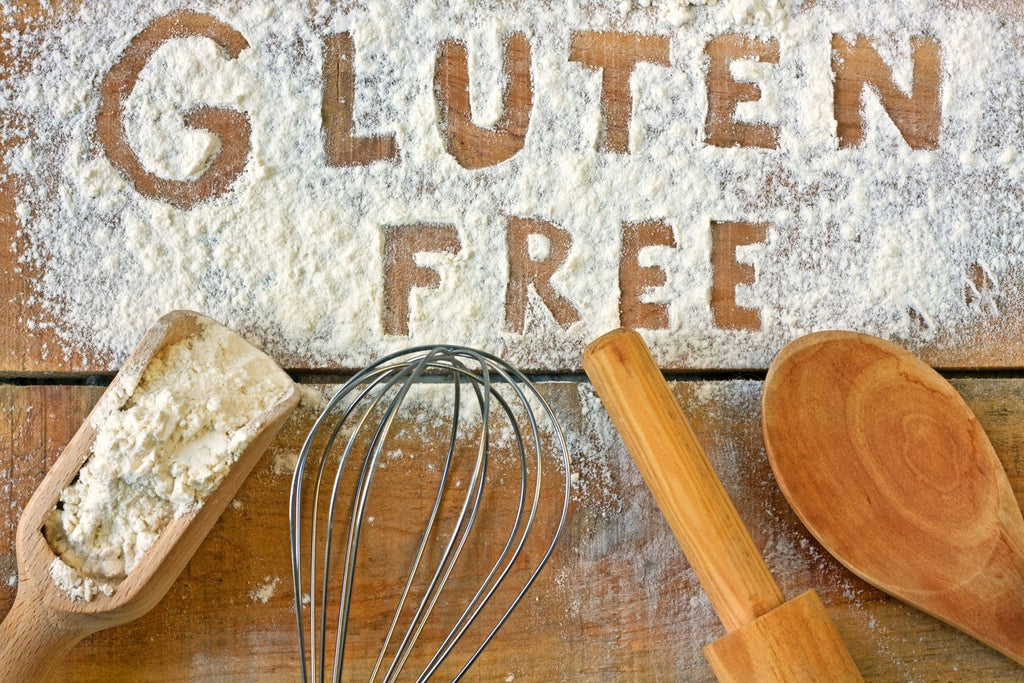
Part 1 – Lifestyle Choice
Is gluten-free a diet fad or a legitimate way for people to feel better, lose weight, and solve health problems?
Depending on the doctor you talk to, it could be either. We know from some of the people we see here at Progressive Nutracare that some people are doing gluten-free because it’s part of the newest diet fad. We know some people who are genuineic to gluly allergten and must follow it to survive.
For most people we see, gluten-free is a way to help the body temporarily reset. Then, we add back in particular whole grains for a well-rounded, holistic diet. We feel doing it this way provides people with a form of healing that is much more natural and freeing.
What is Gluten-Free?
Gluten-free is a way of eating that eliminates any food that contains the gluten protein. The vast majority of foods that contain the gluten protein are grains, particularly wheat, rye, and barley.
Any foods that use wheat, rye, or barley contain gluten. This includes flour, bread, couscous, pasta, cookies, pastries, some seasoning and spice mixes, condiments, dressings, thickening agents… and the list goes on and on.
Wheat is often used in a lot of processed foods because it's cheap and easy. That's why it's so important to avoid processed foods when you're going gluten-free.
Why Do I Feel Better on Gluten-Free?
For people who have a wheat allergy or celiac disease, the immune system responds to gluten as a foreign invader. It can cause inflammation, swelling, and other allergic reactions that can be mild to life-threatening.
Fortunately, celiac disease affects less than 3% of the population. If you’re one of this portion of the community, our next article on gluten is going to deal specifically with dealing with being strict about gluten and the ramifications of celiac disease. But, we still recommend you read this article because it helps with some of the day-to-day issues with removing gluten from your diet.
If you don’t have celiac disease and you still feel better on a gluten-free diet, you may have a gluten intolerance. Some estimates place gluten intolerance in 30% of the population, but others show it can be high as 70 to 80%. Also, there are some in the natural health field that because of the genetic modifications to many of the wheat products, we may only be able to tolerate small amounts of old-world, organic grain products.
If you have a gluten intolerance, known as non-celiac gluten sensitivity, you may be experiencing things like fatigue, headaches, joint pain, irritable bowel, diarrhea, constipation, mental delays, itching, or any number of symptoms that don't have a good origin.
You should be tested for a gluten or wheat allergy, and rule out any other serious medical condition that may be causing your symptoms. At the same time, you can try a gluten-free diet to see if your symptoms improve.
What Foods Have Gluten?
Sometimes, it's easier to discuss the foods that do not have gluten. These include whole foods such as fruits, vegetables, and whole cuts of meat.
However, once these whole foods get processed, that’s where the confusion comes in.
You have to learn how to read labels. Nearly all processed foods contain some sort of wheat or gluten. Some of our favorite snacks, like cookies and cakes, have their basis in wheat. Wheat, or the isolated gluten, is often used as a thickening agent for products you might not think all as having grain. Food like ketchup, soy sauce, and salad dressings often contain wheat or gluten.

To know if a food contains wheat or gluten, you need to turn over the package and look at the ingredient list. Look for the ingredients that say wheat, rye, barley, or gluten. There should also be a warning near the ingredient list that the product contains wheat and/or gluten. There may also be a warning that that food came from a facility that also packages wheat products. That means there’s a chance that there could be contamination in a presumed gluten-free food.
But… I Love Bread, Donuts, and Cookies
If you're going gluten-free, you're going to have to give up your favorite bread, donuts, and cookies. The vast majority of them have wheat as their primary ingredient.
You could choose some of the alternatives made with gluten-free flours. Almond flour is a common substitute for wheat flour. However, because of the lack of gluten as a binding structure, many of these gluten-free pre-packaged foods contain additional chemicals and other undesirable ingredients. They may be more unhealthy for you than the original wheat food.
If you’re not allergic to wheat or gluten, you can choose to make the majority of your diet gluten-free. That way, you have the opportunity to have an occasional indulgence with your favorite food. You should know that sometimes you may feel horrible after eating gluten-rich food when you’re choosing the rest of your diet is gluten-free.
You can also choose to make your own snacks. Often this is healthier and you have more control over what goes into your food and how it tastes. There are hundreds of cookbooks on how to make gluten-free cakes, pastries, and other treats. We recommend making your own treats gluten-free rather than purchasing them. That way you can be assured they are free of additional chemicals that may not be healthy for you.
And of course, you could always do as nature intended. Fruits are sweet, nutritious, and delicious. They're a way for you to enjoy yourself and get a little quick sugary snack without running the risk of encountering gluten or other allergens.
Now That I’ve Cut Out Gluten, Do I Have To Worry About Vitamin Deficiencies?
There is a slight risk of vitamin deficiency when you cut out gluten foods. Most wheat products add back a couple of B vitamins and iron. That's because when the outer bran of the wheat, rye, or barley seed gets removed during processing, the healthy vitamins and minerals get stripped out of it.
The vast majority of packaged food uses processed wheat that has had the bran removed. The only way to ensure the bran remains intact is to have 100% whole grain or additional wheat bran added to the ingredients.
Processed wheat, with the vitamins removed leaves you running the risk of being deficient in the B vitamins folic acid, riboflavin, niacin, and thiamine or iron. Adding back in these vitamins is what give “enriched” flour its name.
Fortunately, when you choose a diet that’s much higher in fruits and vegetables, you don’t have to worry about this deficiency. By replacing wheat products with fruits and vegetables, you probably are going to get more of the B vitamins then you had before. Iron might be a little bit trickier, but frequently your diet will be more abundant in iron, especially if you increase the amount of protein from whole cuts of meat slightly.

So, overall you should not only feel better, but you’re getting better nutrition by replacing your gluten foods with fruits and vegetables. You can choose a supplement that provides these nutrients for you to help ease the transition. We recommend you ask your doctor about the supplements.
Should You Request Gluten-Free at Restaurants?
We've all been with the friend at a dinner party that has to announce what fad diet they are on. It could be vegetarianism, veganism, gluten-free, lactose-free, low-carb, or any of the hundreds of different types of fad diets that have been out there. They have special dietary requests and sometimes end up being pretty obnoxious.
So, what do you do when you want to make sure your food is gluten-free?
Let us tell you something never to do: declare you are allergic.
If you are truly not allergic to wheat or gluten, you are abusing a service reserved for people who genuinely are allergic. You may be making somebody’s life much more difficult, resulting in them getting sick or even dying.
How does this happen? Restaurants need to take certain precautions when somebody is truly allergic. This means extra time to prepare food and may even require extra cleaning and extra equipment. If a restaurant hears too often that somebody is allergic, they assume everyone is lying and may not put the proper precautions in place. That jeopardizes the lives of anyone truly allergic and could also result in jail time for the people who prepare the food.
Don't be that person that fakes an allergy.
Most restaurants are incredibly tolerant of requests, however. If you choose a salad and request no croutons, very few servers or shops will blink an eye. Or you could request a vegetable rather than a pasta side. Choose grilled chicken rather than breaded chicken. Choose a Cajun seasoning over a thick sauce.
But, as long as you are not allergic, don't be too concerned with having a slight amount of wheat added to your food. In the overall context of your diet, it'll make very little difference. This is especially true if 95% of your diet has been fruits, vegetables, and whole cuts of meat.
We recommend if you're going out occasionally, choose foods that do not have obvious traces of wheat and don’t stress too much. Life should be enjoyed, select foods that will make you happy and healthy. Don't let a small, surprise addition ruin the whole meal for you and your friends.
Final Thoughts
For people who are choosing a gluten-free diet to help improve their health, there are a lot of ways to avoid wheat and gluten-based products by reading the labels and making your food. However, you should remember that going gluten-free is a choice and your diet should not ruin the enjoyment of the rest of your life. Focus on eating lots of healthy fruits, vegetables, and whole cuts of meat.
Of course, if you are allergic to gluten or wheat, you should definitely avoid gluten. Check out our next article on gluten-free living to go to the next level of gluten-free that truly eliminates all possible contamination.
- Nutracare Team

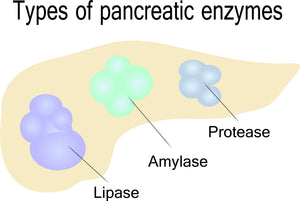
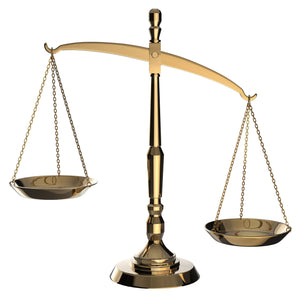
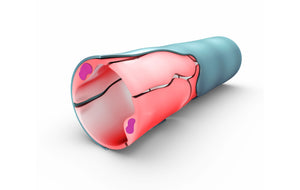
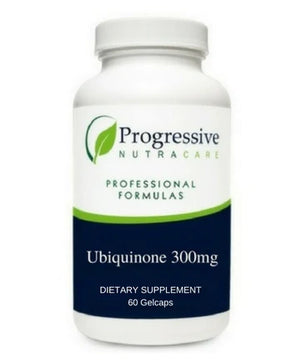
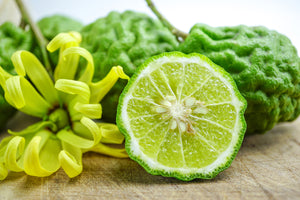
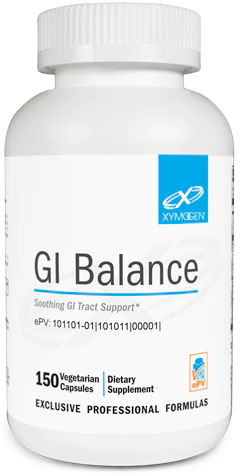
Comments 0